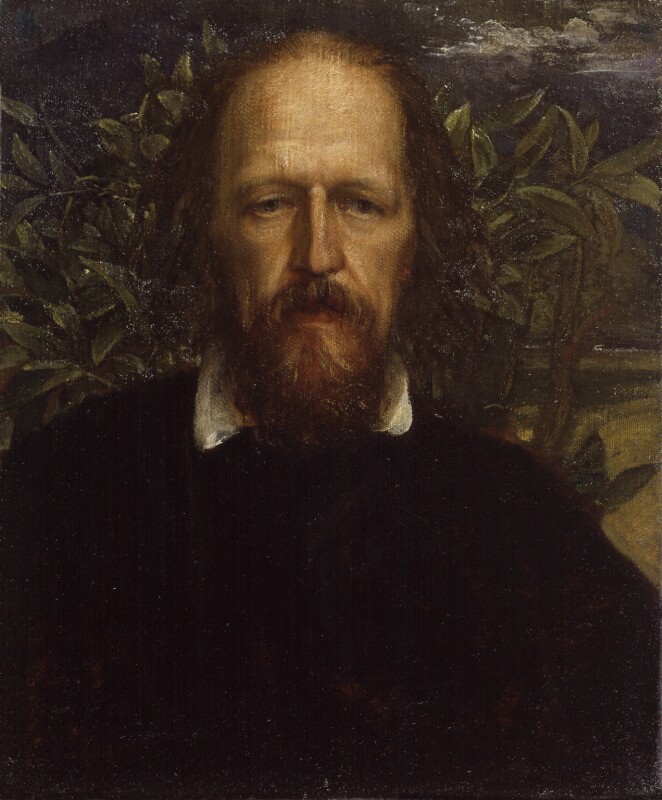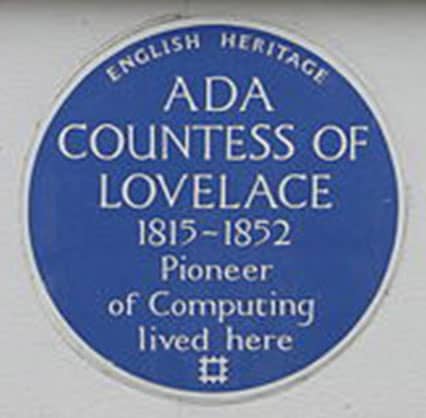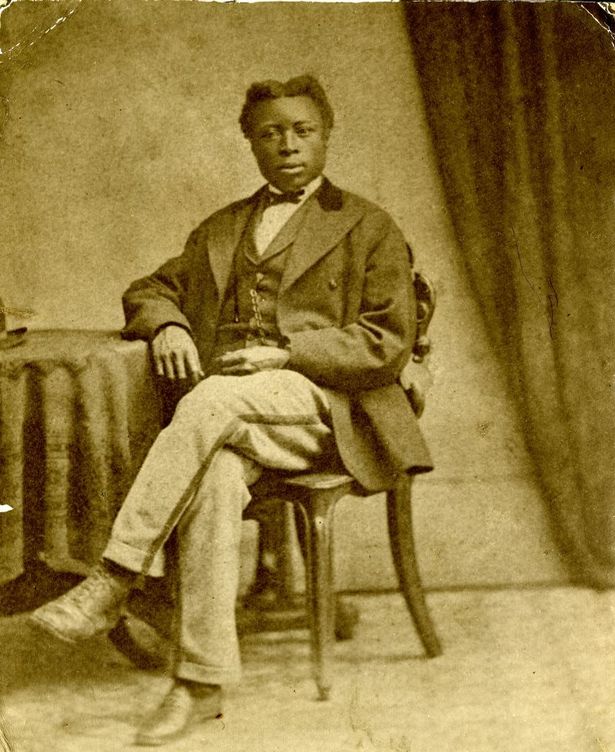Famous Surrey Victorians
Thinking about the great Victorians with links to the Surrey Hills, the first names that probably come to mind are those related to the Arts & Crafts movement. Edwin Lutyens and Gertrude Jekyll probably topping the list being respectively, the “go to” architect and landscape gardener of the day.

Close to the top is possibly Thomas Cubitt (photo left), renowned master builder, whose connection includes Denbies’ estate which he designed and subsequently purchased in 1851. And, of course, Mrs Isabella Beeton who grew up in Epsom and was one of the first celebrity chefs!
However, there are many other prominent Victorians, with links to the area: including writers, artists, social reformers and scientists.
Several major literary figures have been inspired by the Surrey Hills including Sir Arthur Conan Doyle who is said to have written the ‘Hound of the Baskervilles’ at his home Undershaw in Hindhead. Charles Dickens stayed at The White Horse in Dorking where it is believed he wrote part of ‘The Pickwick Papers’ and Alfred Lord Tennyson perhaps wrote some of his best poetry whilst living in Haslemere.
HG Wells was certainly inspired by the area when living in Woking. ‘The War of the Worlds’ covers a whole host of Surrey locations, whilst his less well known 1895 novel ‘The Wheels of Chance’ covers a cycling holiday which references various Surrey Hills towns including Haslemere, Godalming and Guildford. Even Lewis Carroll, usually associated with Oxford, had links to the area having moved his family to Guildford and subsequently being buried there.

Less than five miles away in the village of Compton are the graves of the renowned Huxley family, along with the stunning Watts Chapel created by designer and artist Mary Watts. Also in the village is the Watts Gallery, dedicated to the work of her husband George Watts, considered by many to be the greatest Victorian painter (picture of Tennyson by G F Watts).
Not so well known is that the Victorian actress Dame Alice Ellen Terry was briefly married to Watts when she was just sixteen.
Another interesting building with links to prominent families is Leith Hill Place, Ralph Vaughan Williams’ home, before he left it to the National Trust (co-founded by another Surrey Hills Victorian, lawyer and conservationist Sir Robert Hunter who lived in Haslemere.) In the Victorian era Leith Hill Place was home to Josiah Wedgewood III and his wife Caroline Darwin. A frequent visitor was Charles Darwin, the renowned naturalist, who conducted experiments within the grounds.
The Victorian era saw enormous economic and social change followed by social reform. One such reformer was William Cobbett, who died just before Victoria came to the throne, but whose mission had a long-term impact on rural Surrey. After the 1832 Reform Act women’s suffrage also gained ground and Surrey was home to several leading activists. They included Dorothy Hunter, one of the most significant female speakers of her day, and Augusta Spottiswoode, one of several Surrey women to sign the first petition for women’s suffrage.

Women were also gaining ground in the world of science. Ada Lovelace, daughter of Lord Byron and a true visionary, is recognised as the world’s first computer scientist. After her marriage to the Earl of Lovelace in 1835 she moved to East Horsley and later to Horsley Towers. She sadly died aged just 37.

And finally, another interesting character, well worth a mention at this time is John Springfield, one of several people of colour to have contributed to Surrey’s culture.
He was born to a Zanzibar chief, captured by Portuguese sailors aged just nine, before ultimately being rescued by Dr David Livingstone. He then spent time in America before settling in Guildford where he is said to have integrated into the community working as a cobbler and preaching against slavery.
Susie Turner
Acknowledgements
- Alfred Tennyson, 1st Baron Tennyson by George Frederic Watts, National Portrait Gallery NP1015, link here
- John Springfield sepia photo, courtesy of Surrey History Centre



